Sago Palm (Cycad) how much water
raycee
16 years ago
Related Stories

LANDSCAPE DESIGNCelebrate a Sunny Climate With the Right Leafy Palm for Your Site
So you get freezes or floods. So your garden is small. These palms send excuses riding off into the tropical sunset
Full Story
DECORATING GUIDESPalm Trees Take Interiors on a Tropical Vacation
Conjure a sultry vibe or bring welcome life to modern rooms. Whatever your interior design style, palm trees are the ticket to enhancing it
Full Story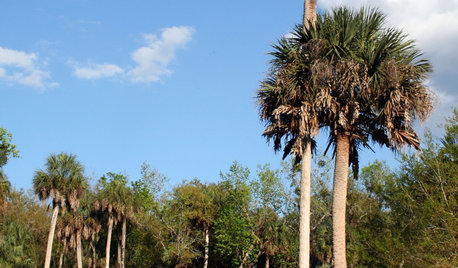
TREESGreat Design Plant: Sabal Palm Enchants in Balmy Sites
Towering and tolerant, this tree blends in, stands out and happily stars in vacation photos
Full Story
GARDENING GUIDESSouthwest Gardener's October Checklist
Softer light and milder weather make desert gardens a real joy this month, but watch the water and don't forget to plan
Full Story
MOST POPULARThe Perfect Houseplant for People Who Kill Houseplants
If you can fill a jar with water, you can keep golden pothos vine happy — and it will pay you back with cleaner air and a greener home
Full Story
HOUSEPLANTS8 Essentials for Healthy Indoor Plants
Houseplants add so much to our homes — and can thrive when grown in the right conditions. Keep these tips in mind
Full Story
PETSGarden Alert: 22 Plants to Keep Away From Pets
Avoid potential danger by keeping dogs and cats away from these landscaping and houseplant favorites
Full Story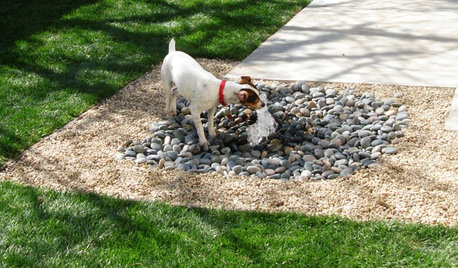
MOST POPULAR8 Backyard Ideas to Delight Your Dog
Cue the joyous soundtrack. These pet-friendly landscape and garden ideas will keep your pooch safe, happy and well exercised outdoors
Full Story
PETS6 Ways to Help Your Dog and Landscape Play Nicely Together
Keep your prized plantings intact and your dog happy too, with this wisdom from an expert gardener and dog guardian
Full Story
PETSPet-Proofing Your Home: A Room-by-Room Guide
Not all pet dangers are obvious. Keep furry friends safe and sound by handling all of these potential hazards
Full StoryMore Discussions






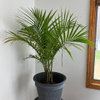
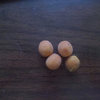
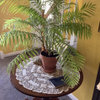
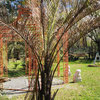
cycadjungle
florida_wannabe
Related Professionals
Surprise Landscape Architects & Landscape Designers · Norton Shores Landscape Architects & Landscape Designers · Severn Landscape Architects & Landscape Designers · Southfield Landscape Architects & Landscape Designers · Wixom Landscape Architects & Landscape Designers · Harvey Landscape Architects & Landscape Designers · Arlington Landscape Contractors · Andover Landscape Contractors · La Verne Landscape Contractors · Mequon Landscape Contractors · Old Saybrook Landscape Contractors · Rio Linda Landscape Contractors · Twin Falls Landscape Contractors · Marinette Window Contractors · Tamiami Window Contractors